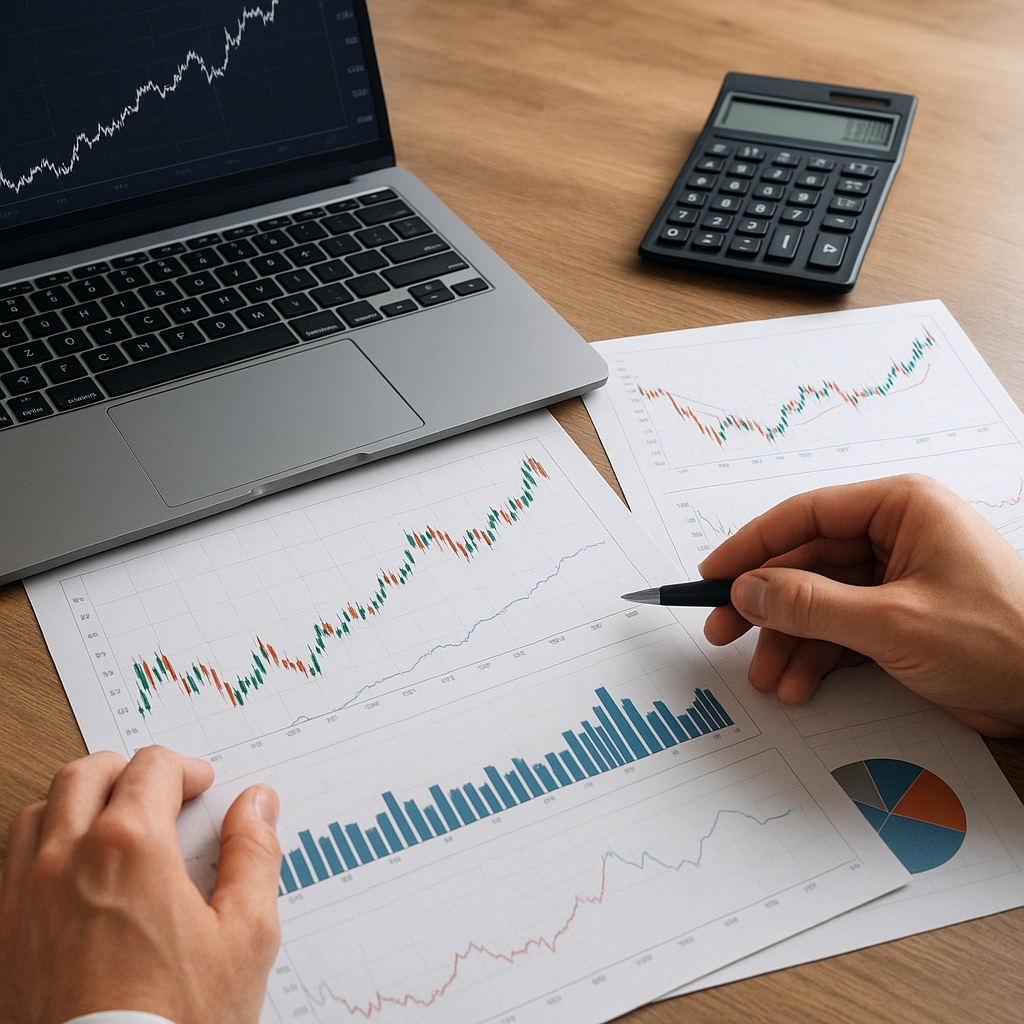Understanding the concept of a PIP is fundamental for anyone looking to delve into the world of Forex trading. A PIP, or “Percentage in Point,” is a unit of measurement used to express the change in value between two currencies. This article aims to provide a comprehensive guide for beginners to understand what a PIP is, how it is calculated, and its significance in Forex trading.
What is a PIP?
A PIP stands for “Percentage in Point” or “Price Interest Point.” It is the smallest price move that a given exchange rate can make based on market convention. In most currency pairs, a PIP is equal to 0.0001, which is one-hundredth of one percent. For example, if the EUR/USD currency pair moves from 1.1050 to 1.1051, that 0.0001 USD rise in value is one PIP.
However, there are exceptions. For currency pairs involving the Japanese Yen, a PIP is typically 0.01, due to the lower value of the Yen compared to other major currencies. For instance, if the USD/JPY pair moves from 110.25 to 110.26, that 0.01 rise in value is one PIP.
How is a PIP Calculated?
Calculating a PIP is straightforward but varies slightly depending on the currency pair being traded. Here are the steps to calculate a PIP:
Standard Currency Pairs
For most currency pairs, a PIP is calculated as follows:
- Identify the fourth decimal place in the exchange rate.
- One PIP is equal to 0.0001 of the currency pair’s value.
For example, if the EUR/USD pair is trading at 1.1050, one PIP would be 0.0001. If the pair moves to 1.1051, it has moved one PIP.
Currency Pairs Involving the Japanese Yen
For currency pairs involving the Japanese Yen, a PIP is calculated differently:
- Identify the second decimal place in the exchange rate.
- One PIP is equal to 0.01 of the currency pair’s value.
For example, if the USD/JPY pair is trading at 110.25, one PIP would be 0.01. If the pair moves to 110.26, it has moved one PIP.
Why are PIPs Important in Forex Trading?
PIPs are crucial in Forex trading for several reasons:
Measuring Price Movements
PIPs provide a standardized way to measure price movements in the Forex market. This standardization allows traders to compare the price movements of different currency pairs easily. Without PIPs, it would be challenging to quantify and compare the changes in exchange rates.
Calculating Profits and Losses
Traders use PIPs to calculate their profits and losses. The value of a PIP can vary depending on the size of the trade and the currency pair being traded. For example, in a standard lot of 100,000 units of a currency, one PIP is usually worth $10. Therefore, if a trader buys one standard lot of EUR/USD and the price moves 10 PIPs in their favor, they would make a profit of $100.
Setting Stop-Loss and Take-Profit Levels
Traders use PIPs to set their stop-loss and take-profit levels. A stop-loss order is an order to sell a security when it reaches a certain price, and a take-profit order is an order to sell a security when it reaches a certain profit level. By setting these levels in PIPs, traders can manage their risk and reward more effectively.
How to Use PIPs in Forex Trading
Understanding how to use PIPs in Forex trading is essential for any trader. Here are some practical ways to use PIPs:
Risk Management
Effective risk management is crucial in Forex trading. Traders often use PIPs to determine their risk per trade. For example, a trader might decide to risk 50 PIPs on a trade. If they are trading a standard lot, this would mean they are risking $500 on that trade. By using PIPs to quantify their risk, traders can ensure they do not risk more than they are comfortable losing.
Analyzing Market Trends
Traders use PIPs to analyze market trends and make trading decisions. For example, if a currency pair has moved 100 PIPs in a day, this might indicate a strong trend. Conversely, if a currency pair has only moved 10 PIPs in a day, this might indicate a lack of volatility. By analyzing PIP movements, traders can identify trends and make informed trading decisions.
Setting Entry and Exit Points
Traders use PIPs to set their entry and exit points. For example, a trader might decide to enter a trade when a currency pair moves 20 PIPs above a certain level. Similarly, they might decide to exit a trade when a currency pair moves 30 PIPs below a certain level. By using PIPs to set their entry and exit points, traders can ensure they enter and exit trades at the right time.
Conclusion
Understanding what a PIP is and how it is used in Forex trading is essential for any trader. PIPs provide a standardized way to measure price movements, calculate profits and losses, and set stop-loss and take-profit levels. By using PIPs effectively, traders can manage their risk, analyze market trends, and set their entry and exit points. Whether you are a beginner or an experienced trader, understanding PIPs is crucial for success in the Forex market.


